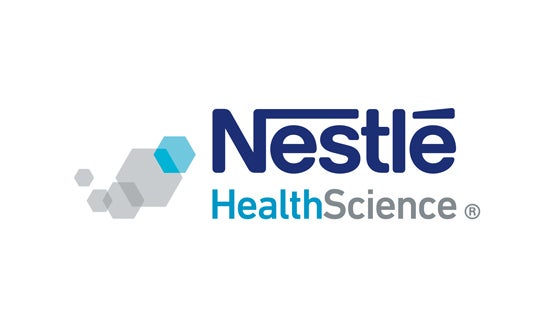
Nestlé Health Science Launches LowFODMAPCentral.com
Comprehensive resource on FODMAPs and a Low FODMAP Diet
Florham Park, N.J., April 21, 2016 - Nestlé Health Science today announced the launch of LowFODMAPCentral.com, a unique comprehensive online resource offering information and printable guides about FODMAPs and a Low FODMAP Diet. The LowFODMAPCentral.com website has been developed to support both the consumer seeking more information about a Low FODMAP Diet and the healthcare professional looking to build knowledge and practice tools.
FODMAP stands for Fermentable Oligosaccharides, Disaccharides, Monosaccharides And Polyols. Gastroenterology researchers at Monash University in Australia coined the FODMAP acronym in 2005 to classify specific types of short-chain carbohydrates that can be poorly absorbed in the small intestine. It is the poor absorption of these food components that may trigger symptoms including abdominal pain, bloating, constipation and/or diarrhea and excessive gas in people with digestive sensitivities. FODMAPs are commonly found in a wide variety of ordinary foods, such as wheat bread, beans, yogurt, milk, apples, onions, garlic, cashews, mushrooms, honey, and more.
LowFODMAPCentral.com was developed by Nestlé Health Science, a company focused on advancing the role of nutrition in the management of health. The site includes:
- Information on FODMAPs and foods that contain them
- Animated visuals of FODMAPs in the body
- Tools that can help a person identify if this diet is right for them and if so, how to get started
- Research summaries highlighting the efficacy of a Low FODMAP Diet
- Recipes and guidance for following a Low FODMAP Diet both at home and away
- Tips for finding a FODMAP knowledgeable registered dietitian nutritionist (RDN)
“Knowledge of FODMAPs and the role they can play in digestive discomfort is a key step in helping people with digestive sensitivities lead a better quality of life. That is why we have launched LowFODMAPCentral.com,” explained Barbara McCartney, Regional Business Head for the Nestlé Health Science Consumer Care Business in North America.
The International Foundation for Functional Gastrointestinal Disorders estimates that 10 to 15 percent of Americans are affected by food-related digestive discomfort including Irritable Bowel Syndrome (IBS). For many, the exact cause of their digestive discomfort may go undiagnosed.1
“Helping people identify and eliminate specific FODMAP triggers gives people freedom from the anxiety that digestive discomfort brings about. Being able to eat and enjoy food again, without symptoms afterward, gives them a digestive peace of mind,” explained FODMAP and IBS expert Kate Scarlata, RDN, LDN, author of The Well Balanced FODMAPer.
Clinical evidence supports a low FODMAP diet approach as first-line therapy for people with IBS.2,3 Although the list of potential food triggers may at first seem extensive, a credentialed nutrition FODMAP expert can customize a plan that minimizes food eliminations and maximizes nutritional value, and provides tools and resources that can help support dietary compliance.
Note: The Low FODMAP Diet is not for everyone and should be used appropriately by people with food intolerance or digestive sensitivities, including Irritable Bowel Syndrome (IBS), in consultation with their healthcare providers. Medical supervision for people of all ages is important as common symptoms of IBS can also be signs of other more serious medical issues that cannot be overlooked.
Reference
1 International Foundation for Functional Gastrointestinal Disorders, Inc. Facts about IBS. http://www.aboutibs.org/site/what-is-ibs/facts/. Accessed 3/16/16.
- Press release
- Video Report with leading scientists and dietitians in the field sharing knowledge breakthroughs and best practices.
